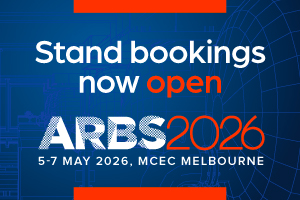The Global Innovation Lab for Climate Finance has selected cooling as a service (CaaS) as one of the top six green investment ideas for 2019.
CaaS involves end-users paying for the cooling they receive, rather than the physical product or infrastructure that delivers it. A technology provider installs and maintains the cooling equipment and recovers costs through periodic payments made by the customer.
These payments are based on the cooling service delivered – for example, dollars per tonnes of refrigeration, or cubic metres of cooled air – and are calculated on actual usage. The payment is not dependent on the savings but agreed in advance.
CaaS disrupts the standard business model, which relies on the manufacture, sale, use, and disposal of equipment. Manufacturers are driven to produce and sell more units rather than focus on minimising the use of their products.
At the same time, owners and users of HVAC&R equipment typically do not have the expertise, awareness or resources to ensure their equipment is running as efficiently as possible. By moving this responsibility to a highly focused service provider, systems could be designed, installed and maintained to be more efficient.
“Technology providers own equipment, maintain it, and pay electricity, incentivising efficient cooling technology, maintenance practices, and the design of equipment that is modular,” says the Global Innovation Lab. “Parts [are] reusable/recyclable, since the ownership of the equipment remains in their hands.”
The Global Innovation Lab says improving the energy efficiency of cooling systems could halve the yearly emissions associated with the amount of AC projected by 2050 (according to the IEA). It could also reduce costs while improving air quality, services, comfort and productivity.
The CaaS idea is supported by the Kigali Cooling Efficiency Program (K-CEP) and the Basel Agency for Sustainable Energy (BASE). They estimate that there is a market opportunity of $17–50 billion per year from present to 2050 if the model can be implemented for 10 per cent of the global AC market. They also estimate that this will result in 30–60 per cent energy efficiency improvement, and a dramatic decrease in high global warming potential refrigerants such as HFCs.
 Mark Vender
Mark Vender


Leave a Reply